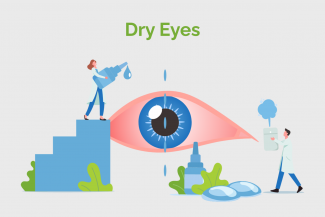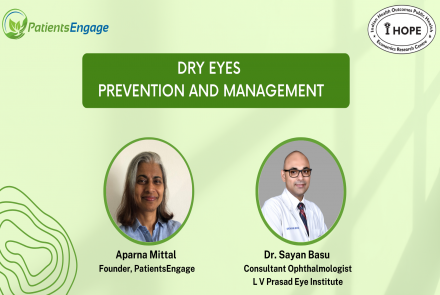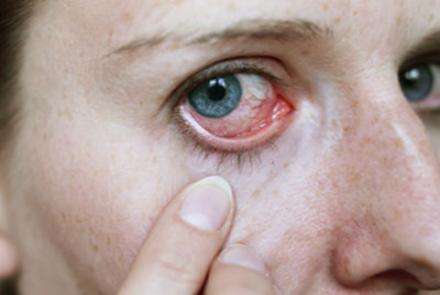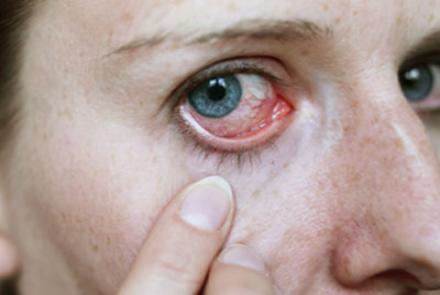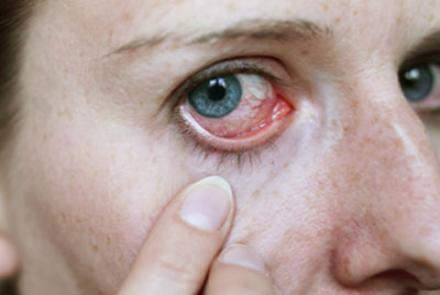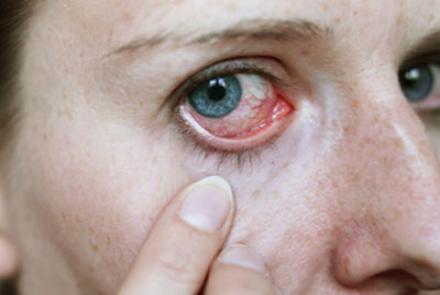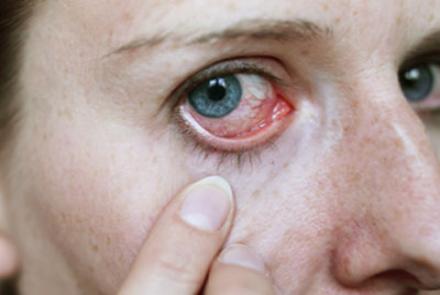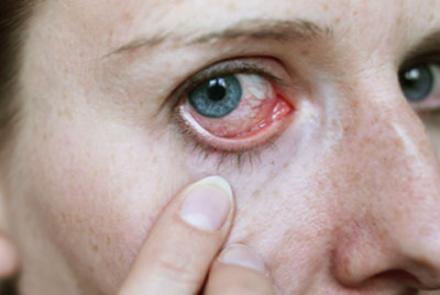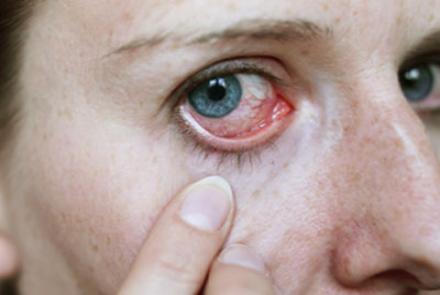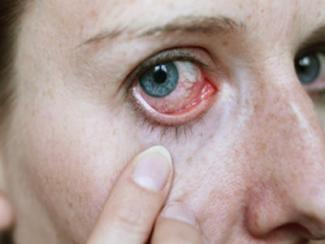
Tear substitutes form the mainstay of treatment. They are aqueous solutions containing polymers that determine their viscosity, retention time and adhesion to ocular surface. They are cellulose derivatives like HPMC-hydroxypropyl methylcellulose and CMC-carboxymethycellulose, polyvinyl derivatives like polyvinyl alcohol, chondroitin sulfate and sodium hyluronate. Artificial tears provide improvement in symptoms of eye irritation, blurred vision and visual contrast sensitivity. However artificial tears containing preservatives, particularly benzalkonium chloride, are poorly tolerated and harmful in moderate to severe cases, especially if used frequently.
Mild to moderate cases also require anti-inflammatory therapy because of the newer understanding of the pathogenesis of dry eye disease which states that anti-inflammatory agents treat the root cause. They are cyclosporine-A eye drops and topical corticosteroids. Steroids are very effective in achieving a quick response, but when used for long duration have the risk of causing complications like cataract and glaucoma.
Oral doxycycline can be used in all patients with dry eyes who have significant component of Meibomian gland disease.
Essential fatty acids like omega3 and omega6 when given orally, have been beneficial in treatment and prevention of dry eye disease.

